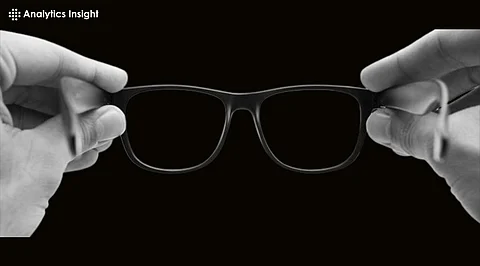

Artificial Intelligence (AI) is rapidly transforming the way we approach accessibility, enabling individuals with disabilities to engage more fully in their personal, educational, and professional lives. Indeed, we now have AI-based assistive technologies whose value today is quickly becoming imperative for individuals against barriers to communication, mobility, and daily activities.
Such technologies have transformed the formerly imagined reality of accessibility into an impressive one, offering innovative yet adaptable solutions to personal needs. Here are the top 10 AI-based assistive technologies that are making a significant impact in the field of accessibility.
This is a free mobile app from Microsoft aimed at visually impaired people. The app uses computer vision and AI to locate objects, texts, people, and scenes in the environment. Audio description of the object or scene gives one an audio-oriented way of understanding his world. It serves different purposes, like reading text, identifying a product in a grocery store, or recognizing faces. Using Seeing AI, a user can emote independence while navigating his world.
Be My Eyes is an AI-enabled mobile application that links blind or low-vision individuals with live-sighted volunteers via a video call. Volunteers can help individuals read labels, find things, or orient themselves in new places. With this superior AI integration alone, Be My Eyes would be able to analyze the visual input and give instant resolution to a problem that otherwise would have needed human assistance. Be My Eyes is among those prime examples of how AI shapes one's interaction with the rest of the world and its accessibility.
Be it a routine activity that everyone finds useful or life-saving assistance for someone with mobility impairment, vision impairment, or learning disability, a voice assistant like Apple's Siri, Google Assistant, or Amazon's Alexa is the artificial intelligence-powered device used by the user without using hands or eyes to control the environment, search for information, and perform tasks. Use voice assistants to set reminders and alarms and send messages-all while breaking the barriers of daily living activities.
Aira is a new-age assistive technology that allows people to integrate artificial intelligence with real-world agents. The service connects users to a trained agent who can help with navigation, reading, and even interpreting the user's surroundings through live video.
It is an AI-enabled tool that converts text into Braille and audio formats. This extends accessibility for the visually impaired or dyslexic to print information in different formats. Upload the documents to the RoboBraille site, and the conversion will occur automatically into Braille, large print, or audio files, depending on what is most easily understood by the user.
Otter.ai converts any audio into real-time transcription text. The device is most useful for people with hearing defects or those who require help with note-taking during meetings, lectures, or conversations. It has been specifically developed to provide clear transcriptions and search inputs in transcriptions, hence serving as a valuable resource in both education and workplace environments.
The JABRA Engage 75 system is a headset that connects the user with technologies that focus on AI-driven speech recognition and sound enhancement. The system most often used by people with hearing disabilities has been enhanced with sound clarity, decreased background noise, and voice amplification for better communication. The technology can work for everyone who finds it difficult to hear when having a phone call, during a virtual meeting, or in a really noisy place.
Envision Goggles are a pair of AI-based smart glasses designed to help people with visual impairments. They use AI to recognize and read text and to provide descriptions of objects and people as well as his or her environment. Additionally, the goggles exercise immediate real-time effects with audio feedback and therefore permit users to be able to gain more visual experience to navigate through their surroundings.
Smart wheelchairs like the WHILL use AI and advanced sensors to provide better navigation for individuals with mobility impairments. The reason for this is that wheelchair AI will calculate its path automatically according to obstacles, terrain, and the user. It can also offer features that can detect an obstacle and help in maneuvering in tight spaces. This will optimize independence and ease in users where their mobility increases, along with safety.
Gaze-tracking technology enables individuals with severe physical disabilities to control devices using their eye movements. Gaze-tracking technology is indeed a boon for such patients suffering from problems like ALS, spinal cord injury, or cerebral palsy. Gaze-tracking software allows a user to work with the computer simply by looking at the display, talking, and performing functions like web browsing.
AI-based assistive technologies are revolutionizing accessibility by offering adaptive solutions that cater to a wide range of disabilities. From improving mobility to enhancing communication and providing real-time assistance, these tools are helping individuals lead more independent and fulfilling lives. As AI technology continues to evolve, the future holds even more promise for enhancing accessibility and breaking down barriers for people with disabilities. Whether it's through smart glasses, voice assistants, or AI-powered transcription tools, the advancements in assistive technologies are making the world more inclusive and accessible for all.
